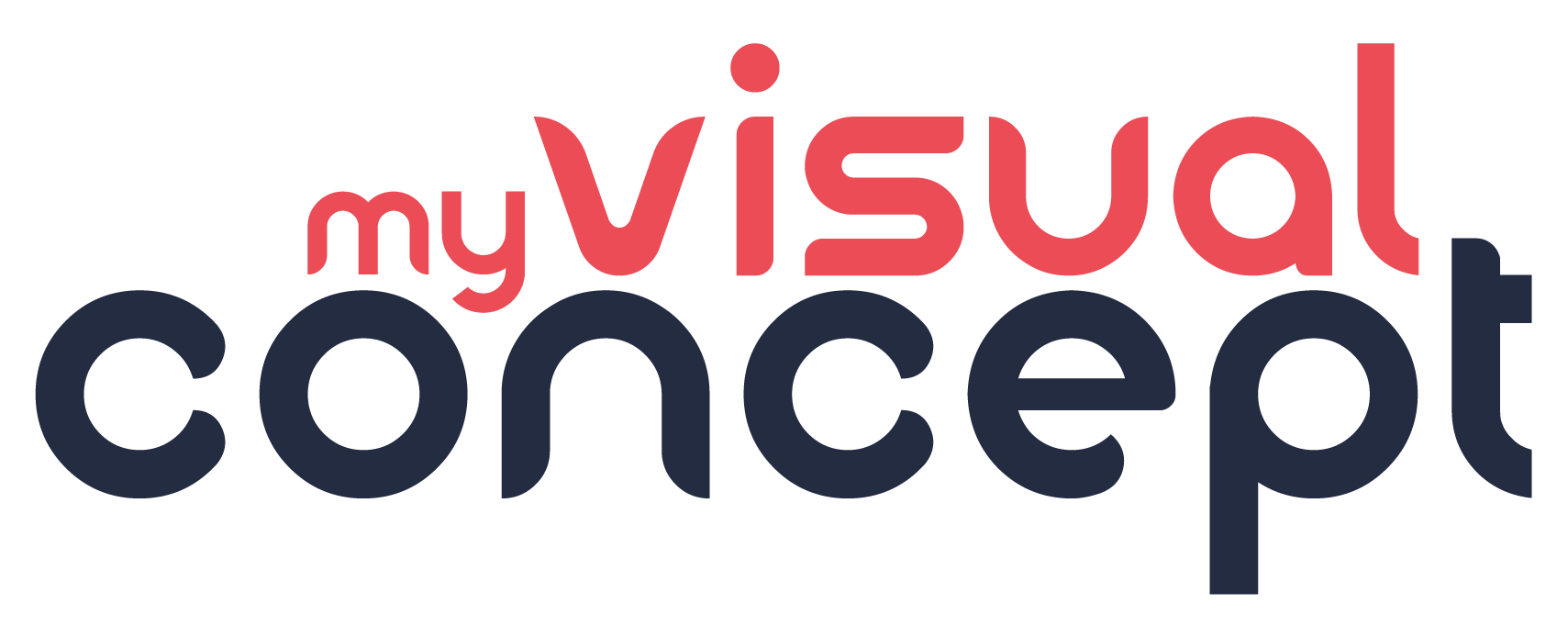In an era where digital consumption is at an all-time high, the concept of sustainability has extended its reach into the realm of digital design. Sustainable design in the digital space is not just about reducing the environmental footprint of physical products but also about making eco-friendly choices in how we create, share, and consume digital content. This blog post explores various ways designers can adopt sustainable practices, emphasizing eco-friendly design choices and digital sustainability to create a more sustainable future.
Understanding Digital Sustainability
Digital sustainability refers to designing digital products and services in a way that considers their environmental impact. This includes reducing energy consumption, minimizing data transfer sizes, and using resources efficiently to lessen the digital carbon footprint. By focusing on sustainable practices, designers can contribute to a healthier planet.
Eco-friendly Design Choices
Optimizing Content for Reduced Energy Consumption
One of the key strategies in sustainable digital design is optimizing website and application content to consume less energy. This can involve compressing images and videos, using efficient coding practices, and choosing web hosting services powered by renewable energy. By reducing the amount of data transferred during use, digital products can be made more eco-friendly.
Selecting Sustainable Fonts and Colors
The choice of fonts and colors can also impact sustainability. Fonts that require less ink when printed and colors that reduce screen energy consumption can contribute to eco-friendly design. Designers are encouraged to select options that align with sustainable practices without compromising the aesthetic value of their digital content.
Implementing Eco-friendly UX/UI Practices
Sustainable UX/UI design focuses on creating user experiences that encourage sustainable behavior among users. This includes designing for durability and longevity, encouraging digital recycling, and making it easy for users to choose eco-friendly options. A thoughtfully designed interface can significantly reduce digital waste and promote sustainability.
Digital Sustainability in Practice
Green Coding Practices
Adopting green coding practices is essential for sustainable digital design. This means writing clean, efficient code that performs tasks with the minimum necessary processing power, thereby reducing the energy consumption of digital platforms and applications.

Environmentally Conscious Hosting Solutions
Choosing a web hosting provider that uses renewable energy sources or practices carbon offsetting can significantly decrease the environmental impact of your digital presence. Sustainable web hosting is a straightforward yet effective way for designers to ensure their digital projects are more eco-friendly.
Promoting Digital Minimalism
Digital minimalism involves creating content that is simple, straightforward, and free of unnecessary elements. This not only improves user experience but also reduces the energy required to display and interact with digital content, aligning with sustainable design principles.
As the digital landscape continues to expand, the importance of integrating sustainable practices into digital design becomes increasingly crucial. By adopting eco-friendly design choices and focusing on digital sustainability, designers have the power to make a significant positive impact on the environment. Sustainable design in the digital space is not just a trend but a necessary evolution towards a more eco-conscious and responsible digital future. By embracing these practices, designers can lead the way in creating digital products that are not only innovative and effective but also environmentally sustainable.





